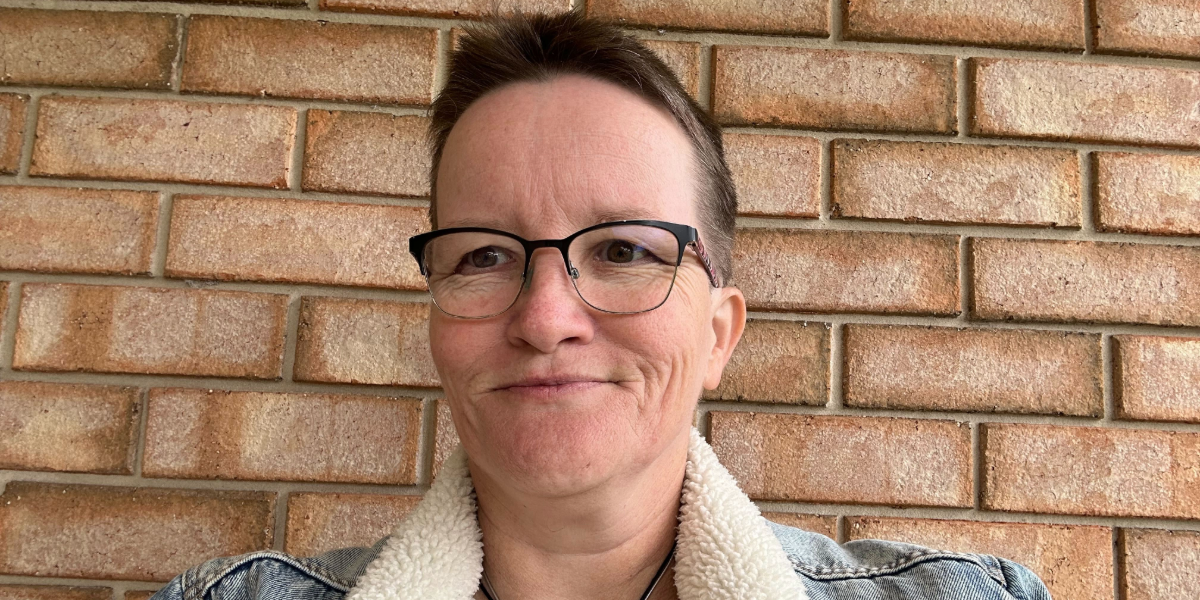Showing a little “more compassion and understanding” to people who live with migraine is the perfect way to mark Migraine Awareness Month this year, at least according to the New England Northwest Ambassador for Migraine Australia, Inverell’s Megan Gaukroger.
Migraine Awareness Month is held in June each year. During this month, the global migraine community unites in over 35 countries to spread awareness and hold activities.
Megan has only recently assumed the ambassador role with Migraine Australia, but she has lived with Hemiplegic Migraine for many years, after formally being diagnosed at the age of 32.
“The stigma that it’s just a headache drives me insane because it’s not. Migraine is a genetic, neurological disorder, and a complex one at that,” she said.
“I don’t think a lot of people understand how isolating migraine can be, how debilitating a disability it is.”
According to Migraine Australia, a national patient advocacy organisation supporting Australians who live with migraine, they are a complex genetic neurological disorder.
Symptoms vary but can include nausea, dizziness, fatigue, through to stroke-like symptoms and significant gastrointestinal issues.
No idea what happened
Megan says her first brush with Hemiplegic Migraine was very concerning as she did not know what was happening.
“I have a history of sinus issues, so when I started to have headaches, I thought it was sinus related headaches,” she said.
“I was living alone at the time, as I do, and I remember I was cooking dinner, and I put tongs into my left hand to use, and I couldn’t close my hand; the tongs were in my hand, but I had to physically fold my fingers to grip the tongs, I remember thinking, well, what the heck is this.”
The symptoms only escalated from there, “blinding pain,” and more concerning, passing out for nearly three days.
“I can’t even describe to you what the pain felt like for the first attack; as soon as I finished dinner, I went to bed and woke up two and half days later with no idea what had happened, disorientated, confused,” Megan said.
“I was at the doctor soon after for another matter, he took one look at me, the way I was slurring my words, he told me he didn’t think I was having a stroke, despite exhibiting the same symptoms.
“He asked me whether I’d heard of Hemiplegic Migraine; turned out he suffered from it as well. After he referred me on for further investigation to rule out a stroke, I got my formal diagnosis.”
Show compassion and understanding this Migraine Awareness Month, and beyond
Megan says her Hemiplegic Migraine diagnosis came relatively late in her life. Generally, she says most people who live with migraine are diagnosed around 17 to 24 years of age.
Over time, she has learned the signs of an impending attack and manages however she can. It’s been six months since her last bout left her down and out, but it can strike at any time.
“I very nearly had one recently after being awake for four days with the NFL draft, I managed to catch it in time before it went full-blown.”
“A full-blown attack, with the paralysis, the slurring, and other stroke like symptoms, hasn’t happened in about six months,” Megan said.
“The difference between that first time and now is I know my triggers, I know what to do, like have a cup of coffee, go to bed, have something to eat, strategies to help manage it, and hopefully stave off a full-blown attack.”
Megan says Migraine Awareness Month is a perfect time to learn more about the illness that affects one in five Australians and cannot be cured.
“How many people know migraine is genetic? How many people have heard of Hemiplegic Migraine, or know that migraine is not curable?”
“There is a lot of info that needs to get out there,” she said.
“Migraine Awareness Month is a good way to start a conversation, I think everyone should take it upon themselves to ask those questions every year, every day, and show their compassion all the time, not just one month out of the year and then just forget about it.”
Like what you’re reading? Support The New England Times by making a small donation today and help us keep delivering local news paywall-free. Donate now

